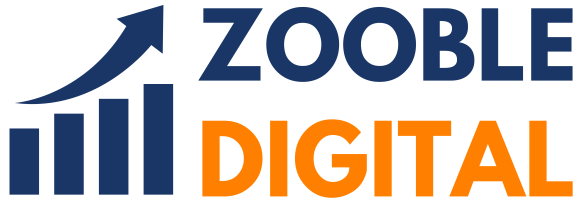What comes to mind when you hear the term “teleworker”? Do you automatically grunt? If so, you are not alone as many companies have reservations about allowing employees to work remotely. Worrying about quality, productive work or employee productivity (and the fact that you don’t pay your employees to scroll through social media all day) is a top priority. You can keep an eye on your employees with productivity monitoring software.
Research into the productivity of employees:
With the right measures, you can monitor computer activities and productivity of your employees. We offers them the coveted work-life balance.
On the contrary, many companies would be happy to know that with the right measures they can both monitor employee productivity. We offer their employees a sought-after work-life balance.
- Remote workers are happier
- The remote workers feel more valued
- Remote workers feel more productive
- The remote workers have detailed contact with their superiors
All of these points are great – for the employee. But what about the employer? Because if the employer is not convinced, then there is no reason to rave about remote work.
What are the advantages for the employer with productivity monitoring software?
First of all, being able to work from home lowers the cost of housing an employee in the company’s office. There are no costs for office supplies, a workplace, software, and even heating and cooling costs.
After all, employers need to connect with employees more often, which is very good as this feeling of connectedness increases productivity. Be careful not to lump employee engagement and productivity together as they are two separate areas that are complementary and thrive in healthy remote working situations. An employee who feels both connected and motivated to their company will work hard and prove their productivity.
“While employee productivity and engagement are not the same things. Both are necessary to ensure that companies are getting the most impact. By creating jobs that support and value employees, organizations can do both.”
Commitment promotes productivity – and vice versa:
Because both aspects are necessary for a company to achieve top performance. While engagement is left to the employer’s efforts, productivity can be motivated and monitored with employee monitoring software using electronic signature .
Employee monitoring is an instrument that can be uses to monitor and ensure employee productivity. Employee activity monitoring software enables employers to measure productivity and motivates employees to work harder to prove their worth. How can companies monitor employees to determine productivity?
How can employee productivity be monitored?
Employers can do many things with the use of employee monitoring software – individually and tailored to the needs of the respective company. One employer may want their employees to know they are being monitored. Another may prefer the QuickBooks Desktop Overflow to work in stealth mode. Regardless of the differences, the benefits of employee monitoring and productivity analysis remain.
All surveillance measures employers put in place are based on their own concerns. When a company processes financial data, it must be PCI DSS compliant. Therefore, you may want the times a user accesses sensitive data to be record, rather than the other time slots. The employer can also blacklist certain websites. That are considers unproductive – Pinterest or a user’s Netflix account is sure to be on that list.
Remote workers who spend too much time on an unproductive website or on an unproductive task can be warned through the monitoring software. The warnings can range from a complete lockdown to a reminder to get productive again – just as the employer wishes.
How it can Monitor your Remote Workers?
Remote workers can also log into their workplace and select the task they should work on. This log can give employers some insight into what their employees are doing and how productive they are. Another problem employers may face is the distinction between an employee’s work and idling.
If a remote worker does not make any entries, this period is classified as idle time. Employers can also use user analytics to determine how long a given task takes. When there is no idle time – this gives employers some scope to use as a starting point to determine where time is not being used as it should.
E.inal Verdict
Once an employer is able to see all the results of the productivity monitoring softwares, they can take whatever measures they deem appropriate to further increase the productivity of remote workers. Some changes an employer might want to make would be to encourage employees to spend less time answering emails and communicating through instant messaging (we’re all for more engagement). Or an employer may determine that certain tasks should be shifts in priority to meet the needs of the company and productivity.
